Opportunities arise in recycled plastics
12/01/2020

It should not come as news to anyone that circularity and increase efficiency in recycling streams globally is necessary to reduce harmful environmental effects caused by incinerated and otherwise discarded materials.
Even though the vast majority of plastics produced, namely 305 of 381 million tons[1] (in 2015), is being incinerated or discarded; recycling methods and streams for plastic materials is becoming more accessible, more cost efficient and more effective. The demand for recycled plastics is ever so increasing, mainly due to increased consumer awareness and pressure towards the industry to decrease climate impact.
Consumers also have a direct impact on the share of recycled plastics, namely that clean waste flows are much easier to recycle than unsorted mixed waste. Source separation at consumer, business and industrial levels is thus an important means to increase the share of recycled plastics. But there are of course technological and economic means at industry and regulatory levels which are crucial for increased circularity.
It is also important to note that different types of plastic products have considerable different recycling levels and qualities. For example, 84 per cent of PET bottles in Sweden are actually recycled. Meanwhile, only 0,8 per cent of construction and demolition waste is being recycled. The high level of recyclability of PET bottles of course has several explanations. Bottles often contain little external residue, are easy to sort and there is also a regulated incentive for consumers to do so. Also, PET is well suited for recycling and there is large demand for recycled PET (rPET) products. High level of recycled plastic bottles is of course a good thing, but bottles make up for only 25 000 tons in Sweden, while construction material make up for 262 000 tons.
Packaging is the largest single use of plastics at 325 000 tons in Sweden and is currently recycled to 44 per cent. [2] The EU Plastic Strategy aims to make all plastic packaging recyclable or reusable by year 2030. In order to achieve this goal, new methods and solutions for recycling are necessary. Recycling-friendly design is a heavy factor which can improve sorting. This includes mono-material packaging where separation of components is not necessary, as well as using NIR-detectable black coloring as black normally cannot be sorted by machine.
Much plastic goes to waste since recycled materials generally lose properties and performance every time it is processed. However, there are solutions even for upcycling of plastics, specifically polyesters, where there also is high demand for on the recycled market. Nexam Chemical is working with several solutions, methods and products which can increase recyclability at low cost which also creates greener business opportunities for our customers.
[1] www.ourworldindata.org
[2] Swedish Environmental Protection Agency